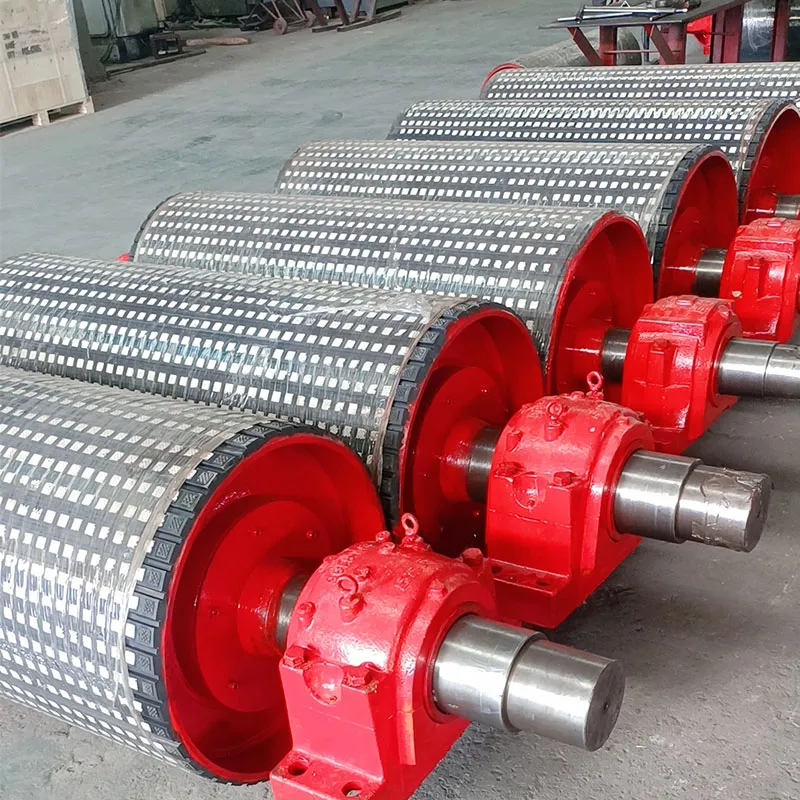 Afrikaans
Afrikaans  Albanian
Albanian  Amharic
Amharic  Arabic
Arabic  Armenian
Armenian  Azerbaijani
Azerbaijani  Basque
Basque  Belarusian
Belarusian  Bengali
Bengali  Bosnian
Bosnian  Bulgarian
Bulgarian  Catalan
Catalan  Cebuano
Cebuano  Corsican
Corsican  Croatian
Croatian  Czech
Czech  Danish
Danish  Dutch
Dutch  English
English  Esperanto
Esperanto  Estonian
Estonian  Finnish
Finnish  French
French  Frisian
Frisian  Galician
Galician  Georgian
Georgian  German
German  Greek
Greek  Gujarati
Gujarati  Haitian Creole
Haitian Creole  hausa
hausa  hawaiian
hawaiian  Hebrew
Hebrew  Hindi
Hindi  Miao
Miao  Hungarian
Hungarian  Icelandic
Icelandic  igbo
igbo  Indonesian
Indonesian  irish
irish  Italian
Italian  Japanese
Japanese  Javanese
Javanese  Kannada
Kannada  kazakh
kazakh  Khmer
Khmer  Rwandese
Rwandese  Korean
Korean  Kurdish
Kurdish  Kyrgyz
Kyrgyz  Lao
Lao  Latin
Latin  Latvian
Latvian  Lithuanian
Lithuanian  Luxembourgish
Luxembourgish  Macedonian
Macedonian  Malgashi
Malgashi  Malay
Malay  Malayalam
Malayalam  Maltese
Maltese  Maori
Maori  Marathi
Marathi  Mongolian
Mongolian  Myanmar
Myanmar  Nepali
Nepali  Norwegian
Norwegian  Norwegian
Norwegian  Occitan
Occitan  Pashto
Pashto  Persian
Persian  Polish
Polish  Portuguese
Portuguese  Punjabi
Punjabi  Romanian
Romanian  Russian
Russian  Samoan
Samoan  Scottish Gaelic
Scottish Gaelic  Serbian
Serbian  Sesotho
Sesotho  Shona
Shona  Sindhi
Sindhi  Sinhala
Sinhala  Slovak
Slovak  Slovenian
Slovenian  Somali
Somali  Spanish
Spanish  Sundanese
Sundanese  Swahili
Swahili  Swedish
Swedish  Tagalog
Tagalog  Tajik
Tajik  Tamil
Tamil  Tatar
Tatar  Telugu
Telugu  Thai
Thai  Turkish
Turkish  Turkmen
Turkmen  Ukrainian
Ukrainian  Urdu
Urdu  Uighur
Uighur  Uzbek
Uzbek  Vietnamese
Vietnamese  Welsh
Welsh  Bantu
Bantu  Yiddish
Yiddish  Yoruba
Yoruba  Zulu
Zulu Belt Tensioning Idler Rollers for Enhanced Conveyor System Performance
The Importance of Belt Idler Rollers in Conveyor Systems
In the modern industrial landscape, efficiency and reliability are paramount for any manufacturing or logistics operation. Among the myriad components that contribute to optimal functionality in conveyor systems, belt idler rollers play a crucial role. These components, often overlooked, are vital for maintaining the smooth operation of conveyor belts that transport materials across various sectors, from mining to food processing.
Understanding Idler Rollers
Belt idler rollers are cylindrical components that support and guide the conveyor belt. They are positioned at various intervals along the conveyor length to maintain belt tension, provide support, and reduce friction. Typically made from materials such as steel, aluminum, or plastic, idler rollers come in various sizes and configurations to suit different types of conveyor systems and loads.
Key Functions of Idler Rollers
1. Support and Stability Idler rollers maintain the necessary tension and help stabilize the conveyor belt. By distributing the load evenly across the belt surface, they prevent sagging and ensure that materials are conveyed smoothly without disruptions.
2. Friction Reduction One of the essential functions of idler rollers is to reduce friction between the belt and the supporting structure. This is important as high friction can lead to excessive wear and tear on the belt, reducing its lifespan and increasing maintenance costs.
3. Belt Alignment Proper alignment of the conveyor belt is crucial for efficient operation. Idler rollers assist in keeping the belt straight and centered, reducing the risk of misalignment that could lead to material spillage or equipment damage.
4. Noise Reduction A smooth-running conveyor system minimizes operational noise. Well-functioning idler rollers contribute to quieter operations by ensuring the belt runs smoothly without unnecessary vibrations or jolts.
Types of Idler Rollers
belt idler roller

Idler rollers can be classified into different types based on their design and application
- Standard Idler Rollers These are used in most general applications and are designed for a variety of material handling tasks.
- Impact Idler Rollers Specifically designed to absorb the energy of falling materials, these rollers are typically placed at loading points to protect the belt from damage.
- Return Idler Rollers Positioned on the return side of the belt, they support the belt as it returns to the supply point, playing a key role in the continuous operation of the system.
- Self-Aligning Idlers These rollers can adjust themselves to accommodate belt misalignment, ensuring consistent performance and reducing the need for manual adjustments.
Maintenance and Longevity
To ensure the longevity and reliability of belt idler rollers, regular maintenance is essential. This includes periodic inspections for wear and damage, lubrication of moving parts, and alignment checks. Neglecting the maintenance of idler rollers can lead to increased friction, premature wear of the conveyor belt, and potential system failures.
Conclusion
Belt idler rollers may seem like simple components in the grand scheme of industrial operations, but their significance cannot be overstated. They are fundamental for the functionality and reliability of conveyor systems, ensuring materials are moved efficiently and safely. By understanding their role and maintaining them diligently, businesses can enhance the performance of their conveyor systems, reduce operational costs, and ultimately drive productivity. In an era where efficiency is key, investing attention and resources into seemingly minor components like idler rollers can yield substantial benefits for any manufacturing or logistics operation.
-
Revolutionizing Conveyor Reliability with Advanced Rubber Lagging PulleysNewsJul.22,2025
-
Powering Precision and Durability with Expert Manufacturers of Conveyor ComponentsNewsJul.22,2025
-
Optimizing Conveyor Systems with Advanced Conveyor AccessoriesNewsJul.22,2025
-
Maximize Conveyor Efficiency with Quality Conveyor Idler PulleysNewsJul.22,2025
-
Future-Proof Your Conveyor System with High-Performance Polyurethane RollerNewsJul.22,2025
-
Driving Efficiency Forward with Quality Idlers and RollersNewsJul.22,2025





























